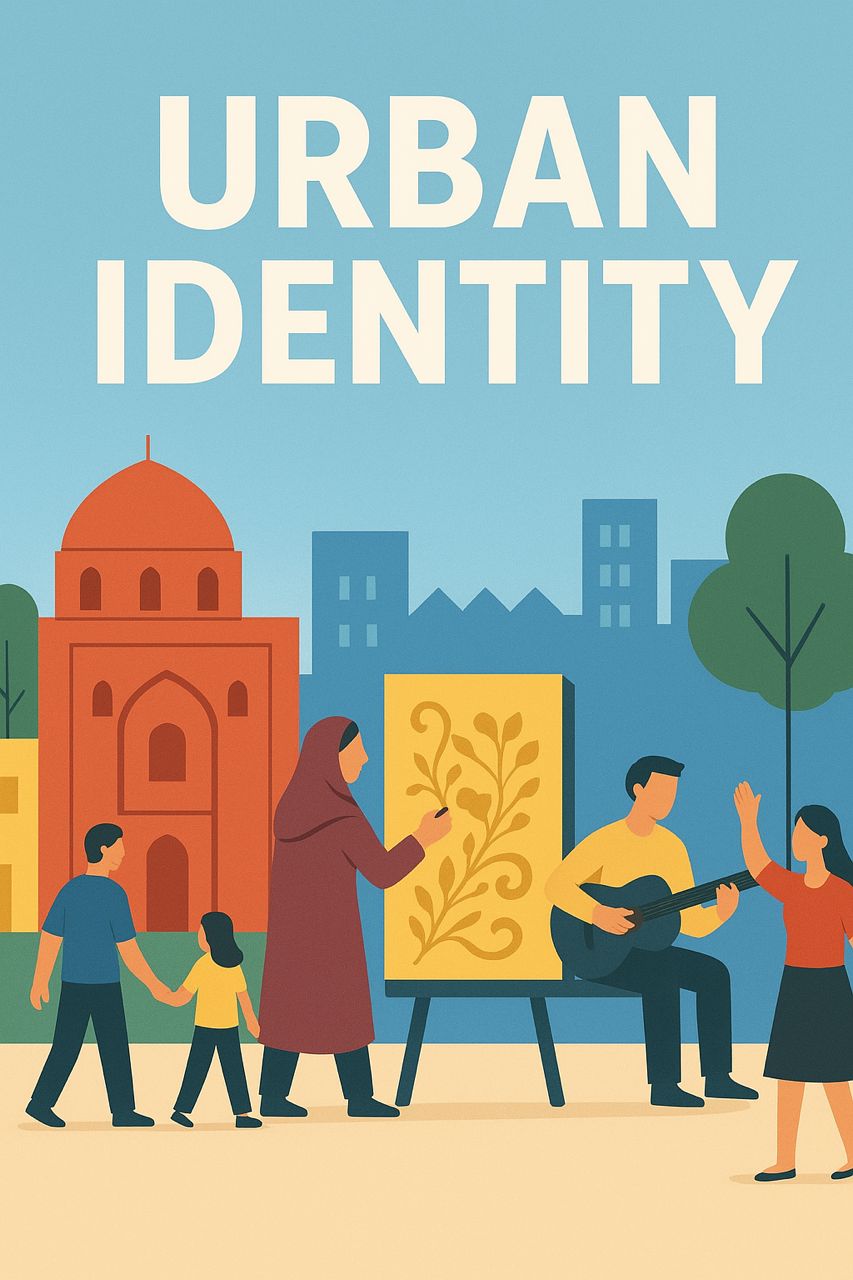
Nightlife in the City: Creating Safe and Attractive Spaces for Nighttime Activities
Introduction
Nightlife in cities is a key aspect of urban dynamics, significantly influencing economic, social, and cultural stimuli. In recent years, attention to nighttime activities in many cities around the world has been increasing due to social and economic changes. However, to fully harness the potential of nightlife, there is a need to create safe and attractive spaces for nighttime activities, promote nighttime businesses, and maintain the security and tranquility of citizens.
- Safe and Attractive Spaces
1.1. Design of Public Spaces
Public spaces such as parks, squares, and pedestrian streets should be designed for nighttime use. These spaces should feature appropriate lighting, comfortable seating, and recreational facilities to foster a sense of security and comfort for citizens.
1.2. Artistic and Cultural Interventions
Street art, the installation of artistic works, and the organization of cultural events at night can enhance the attractiveness of public spaces and transform them into appealing destinations.
1.3. Ease of Access
Easy access to public transportation systems and suitable parking can encourage the use of nighttime spaces. Creating safe and well-lit pedestrian pathways can increase the sense of security for pedestrians.
- Promoting Nighttime Businesses
2.1. Supporting Local Businesses
Encouraging local businesses to operate during nighttime can help create job opportunities and attract tourists. Providing financial incentives and consulting support to these businesses for expanding nighttime activities is essential.
2.2. Marketing and Advertising
Utilizing creative marketing campaigns and promotional strategies to attract customers to nighttime businesses can help boost these establishments. Festivals and special events can enhance the reputation of nighttime spaces.
2.3. Agreements and Collaborations
Forming sustainable agreements and collaborations between the private sector, government entities, and civil society is crucial for creating and developing nighttime businesses.
- Maintaining Security and Citizen Tranquility
3.1. Planning and Supervision
Developing security and social policies related to nightlife, including the establishment of special police units to monitor busy areas at night, can reduce security concerns.
3.2. Community Participation
Encouraging citizens to engage in decision-making and planning related to nightlife can enhance a sense of responsibility and peace within the community. Holding public meetings and consulting with local residents can provide valuable insights in this regard.
3.3. Implementation of Crowd Management Systems
Using technology for crowd management and controlling traffic in busy locations can help maintain security and tranquility for citizens. Additionally, deploying surveillance cameras and warning systems in sensitive areas can enhance security.
Conclusion
Nightlife in cities can not only increase social and economic vitality but, if designed and planned correctly, can transform into a safe and attractive environment. The establishment of suitable public spaces, support for local businesses, and strengthening the security and tranquility of citizens are key elements for the flourishing of nightlife in cities. Through the collaboration of all stakeholders—citizens, government, and the private sector—a sustainable and desirable nightlife environment can be created that ensures the satisfaction and well-being of citizens.
References
- Gehl, J. (2010). Cities for People. Island Press.
- Zukin, S. (1995). The Cultures of Cities. Blackwell Publishers.
- Carmona, M., & Csurgai, M. (2011). The Urban Design Reader. Routledge.
- Sennett, R. (1990). The Conscience of the Eye: The Design and Social Life of Cities. Knopf.
- Florida, R. (2002). The Rise of the Creative Class: And How It’s Transforming Work, Leisure, Community, and Everyday Life. Basic Books.
- UN-Habitat (2016). Streets as Public Spaces and Drivers of Urban Prosperity.
- Pawlak, J., & Bechmann, J. (2021). Nighttime Economy: A New Agenda for Urban Planning. Urban Planning.




